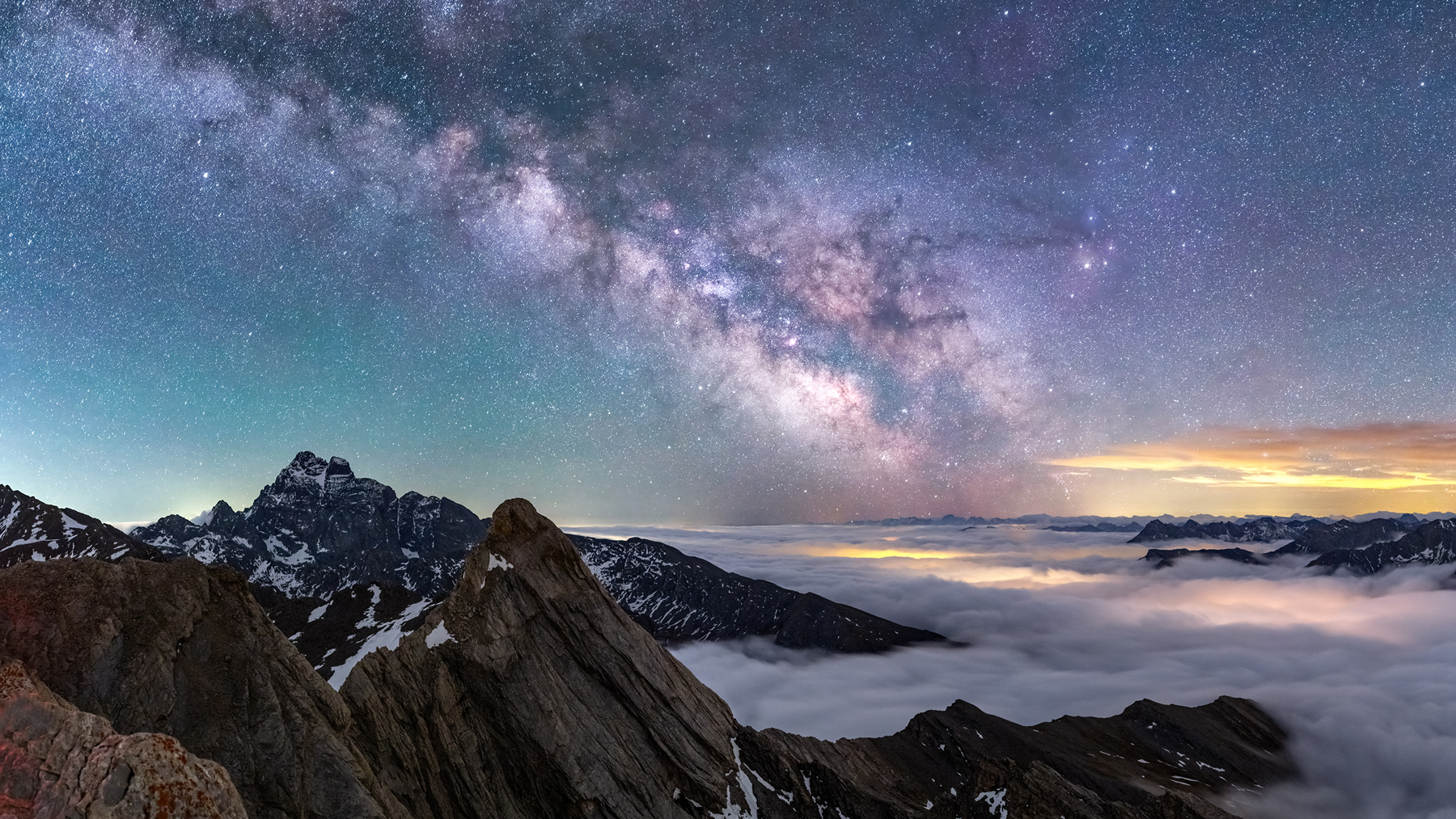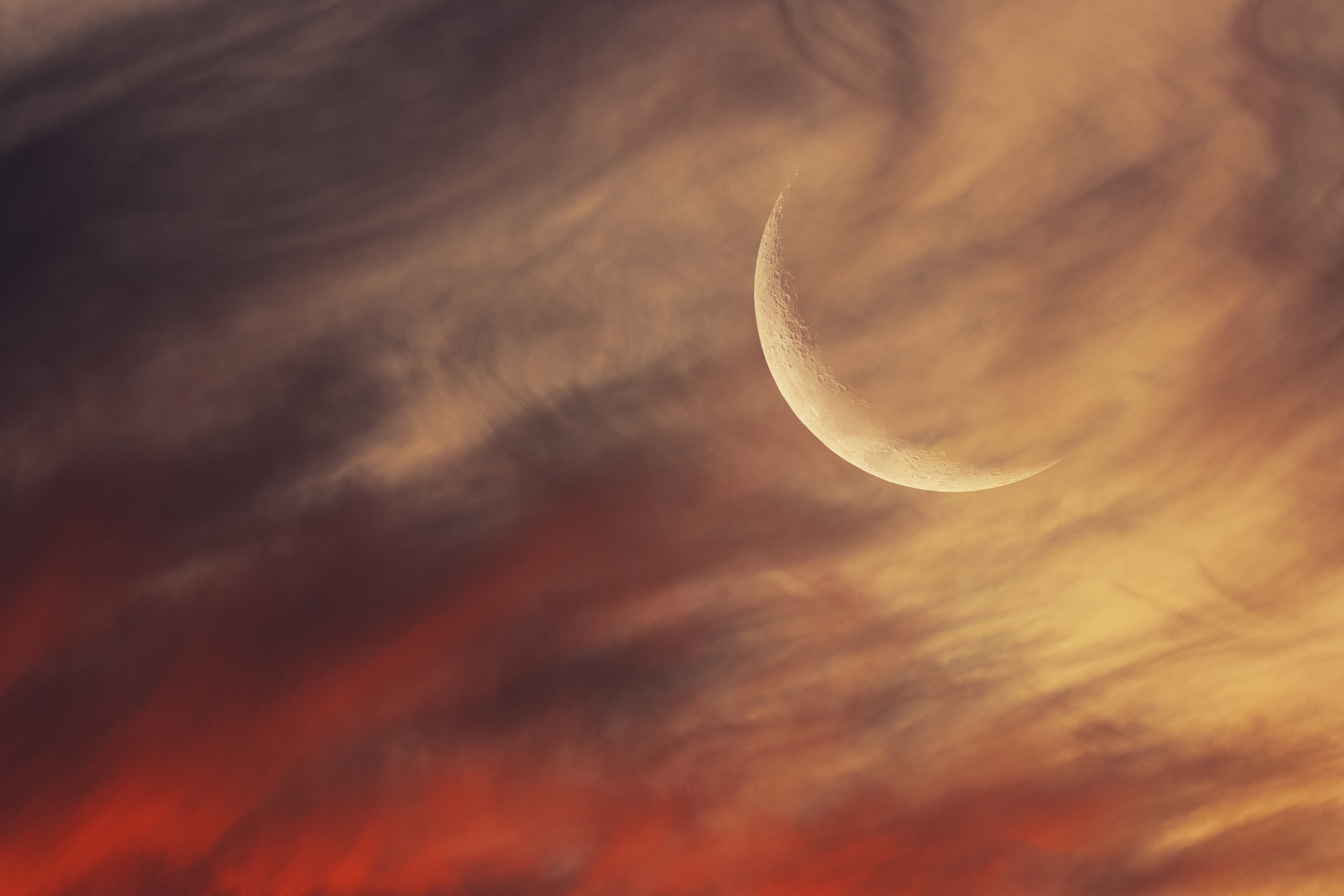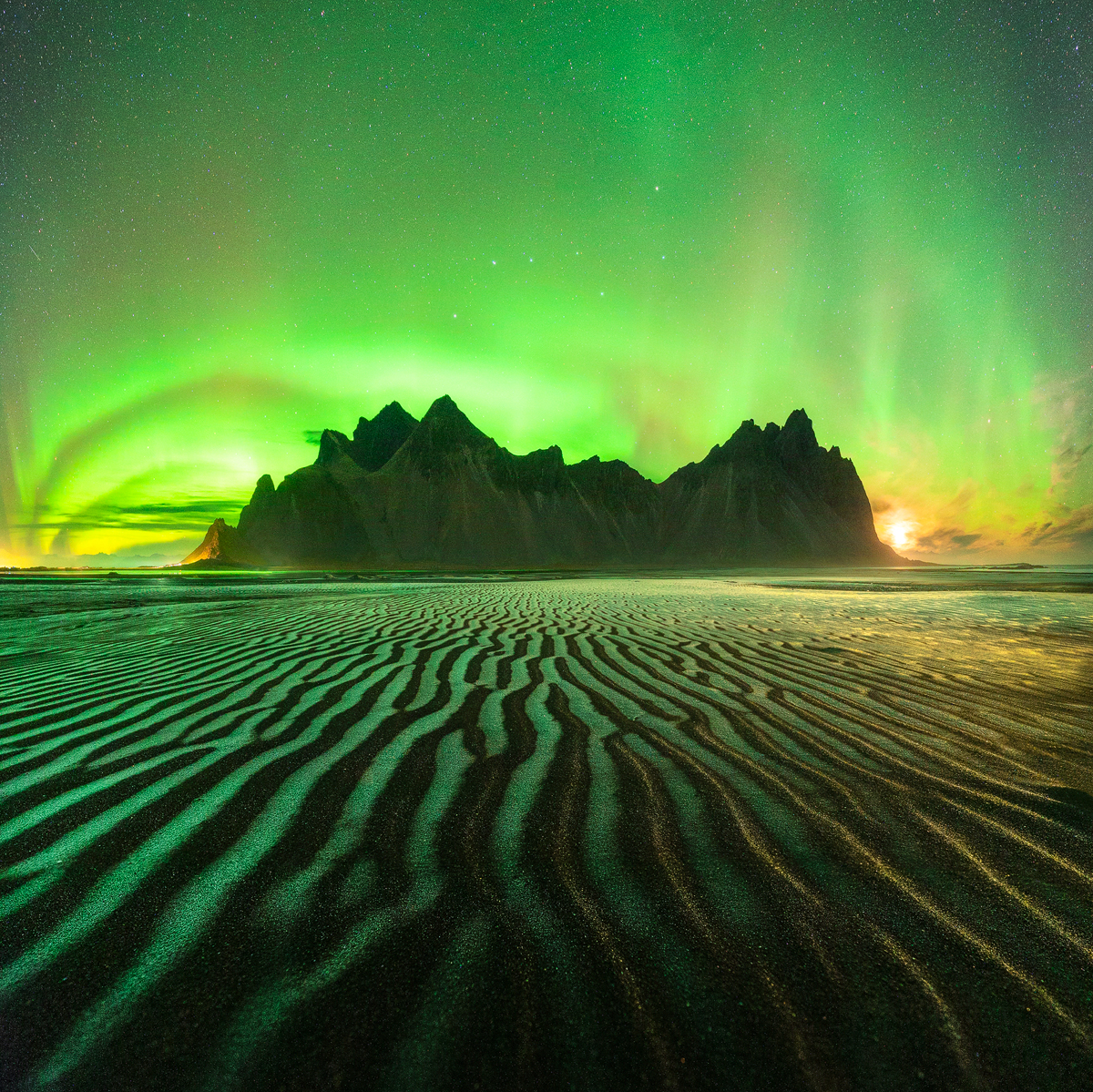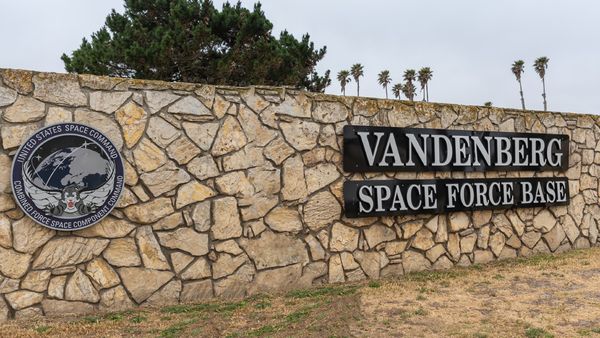
Magical Milky Way and star-studded skies have made it to the shortlist of this year’s Astronomy Photographer of the Year Shortlist. Organized by the Royal Observatory Greenwich with support from Liberty Special Markets and the BBC Sky at Night Magazine, the night photography competition gained more than 4,000 entries from 64 countries around the world.
Open to both amateur and professional photographers, The Astronomy Photographer of the Year award seeks out passionate, patient photographers who take awe-inspiring photos of the sky at night. Now in its 15th year, it continues to grow in popularity. It has nine categories: Skyscapes, aurorae, people and space, our sun, our moon, planets, comets and asteroids, stars and nebulae, and galaxies. There is also an award for the young astronomy photographer of the year.
The judging panel will select a further two winners for the Sir Patrick Moore Prize for Best Newcomer, which recognizes someone who is new to the genre, and the Annie Maunder Prize for image innovation, which will be awarded to a photographer who processed an image with pre-existing open-source data.
• Check out the best cameras for astrophotography so you can start photographing the night sky too!

An overall winner will also be selected from the shortlist to receive a £10,000 (around $12,800 or AU$19,000) cash prize, and the young photographer of the year will take home £1,500 ($1,895 or $AU2,860) in cash, plus a Celestron Astromaster 130EQ MD telescope donated by Celestron. Runners-up from each category will receive £500, the highly commended photographer will receive £250 while the special category winners will each be awarded £750.

The shortlisted images are truly out of this world, featuring a vibrant red and blue colored the tarantula nebulae by Steeve Body, a glowing emerald sky in Iceland from the aurora borealis by Lorenzo Ranieri Tenti, and a long exposure shot of majestic star trails capturing the movement of the earth. Perhaps one of the most impressive shots of them all comes from the Letian Wang who pieced together nine high-res video frames to create an image that shows the transit of the China Space Station across the sun.
Winners will be announced at an awards ceremony on September 14 2023 and all winning photos, plus a selection of shortlisted images, will be exhibited at the National Maritime Museum in Greenwich, London for an admission fee of £10.


Why not also check out the best telescopes for astrophotography and capture distant plants and nebulae?







